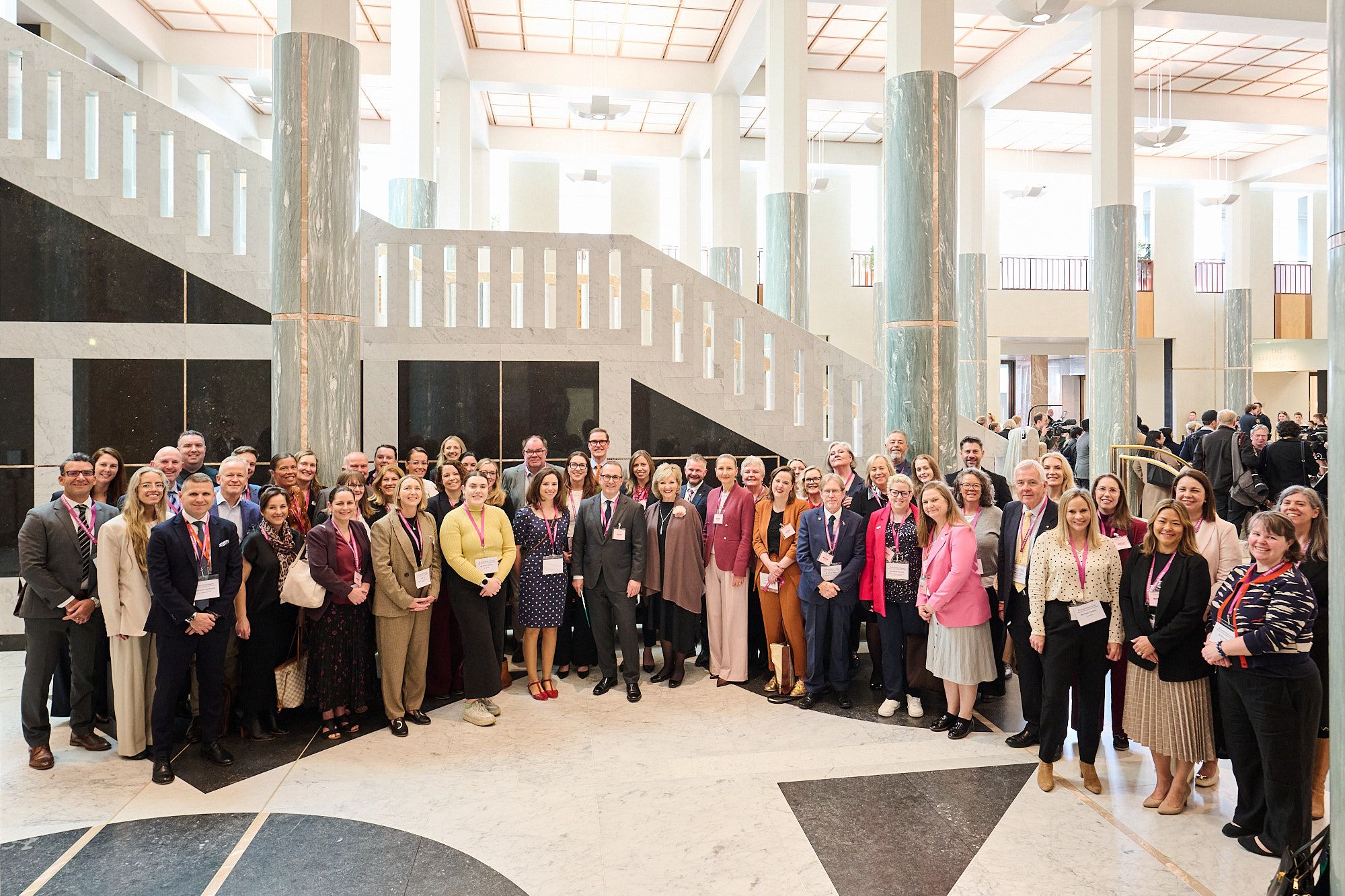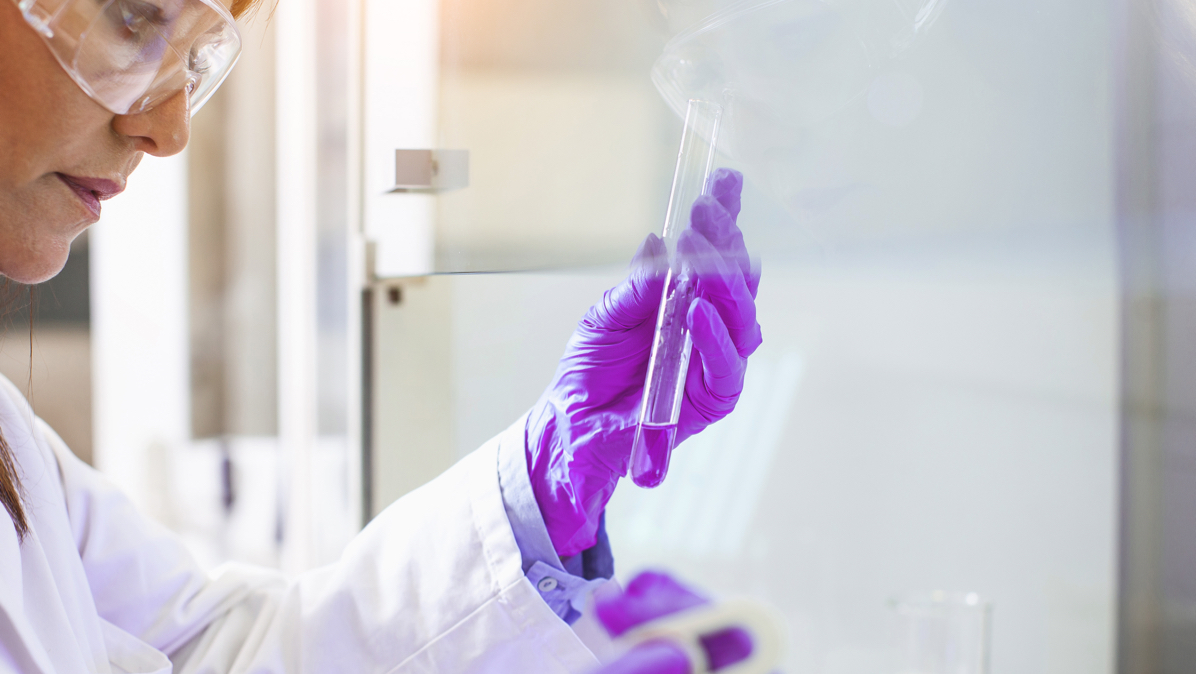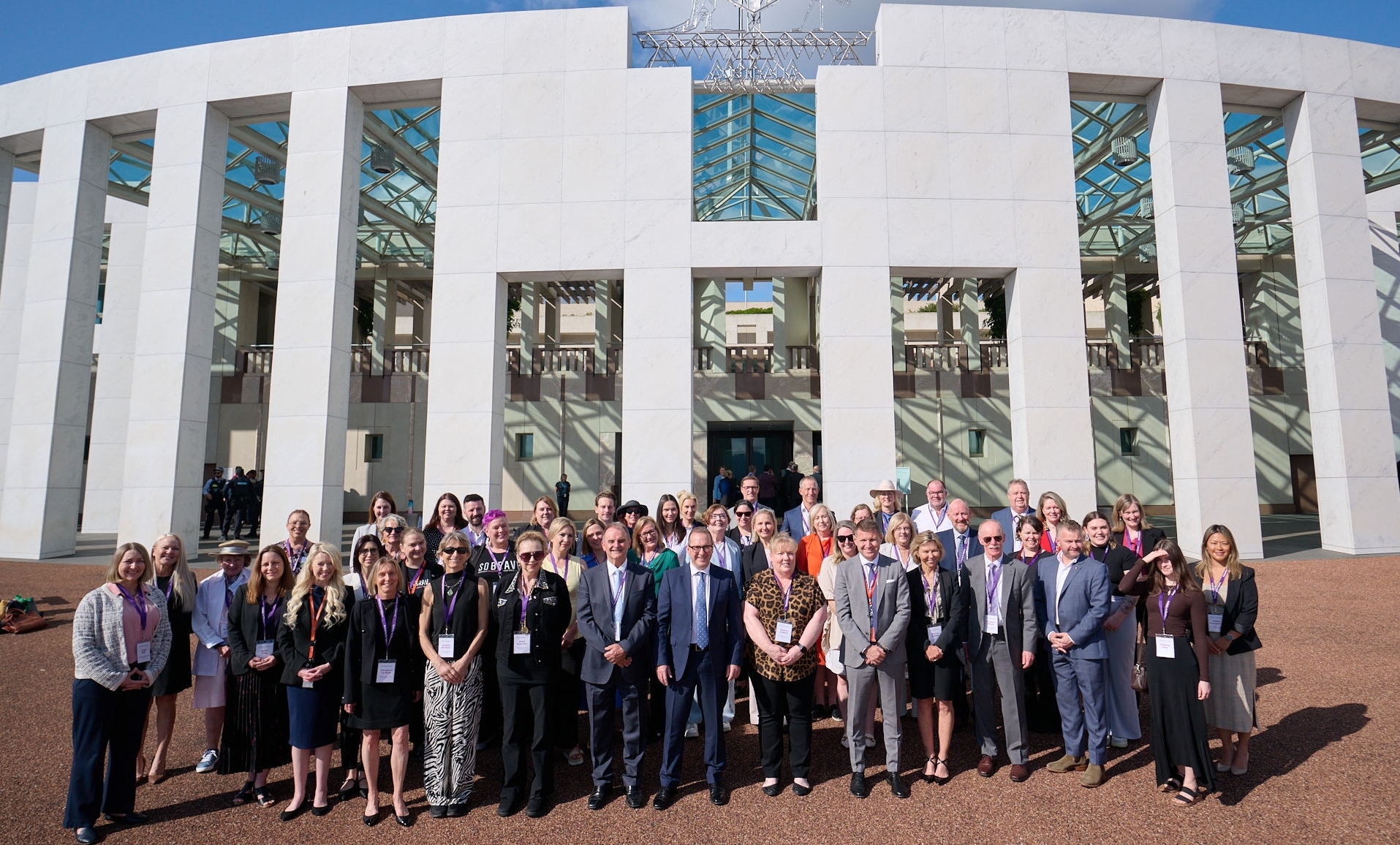Modernisation (2006-2025):
In 2007, BMS moved into a new therapeutic area with the launch of a product to treat chronic myeloid leukemia.
In 2009, the acquisition of Medarex significantly expanded oncology and immunology treatments. That same year, BMS sold its mature brands to Sigma, including the manufacturing site and premises at Noble Park, which were later acquired by Aspen.
In the 2010s, treatments for Hepatitis B and HIV were launched and by the end of the decade the clinical trial footprint in Australian had grown.
In 2012, a treatment for venous thromboembolism was introduced, which was subsequently approved for atrial fibrillation.
After decades in Noble Park, BMS Australia’s headquarters moved to Mulgrave, Victoria where it remains to the present day.
BMS’s foundational immunotherapy agent with multiple approved indications was the first immunotherapy treatment to be introduced to Australia in 2016.
In 2020, the acquisition of Celgene was finalised globally, bringing additional oncology and hematology therapies into the BMS Australia portfolio.
In 2021, BMS launched its first Reconciliation Action Plan encapsulating its vision for Reconciliation – that Australia’s First Nations Peoples attain the same level of health care, and health outcomes, as other Australians.
In 2022, the first Patient and Parliament Summit was held in Canberra reflecting BMS Australia’s increasing role in advocating for patient voices in decision-making about medicines in Australia.
Today, BMS Australia has a reputation for advancing access to life saving immuno-oncology treatments including treatments for Australia’s number one cancer – skin cancer – among other treatments in cardiovascular, oncology, haematology, immunology and neuroscience.
We continue our unrelenting focus as a leader in diversity and inclusion, which is reflected in accreditation from the Australian Workplace and Equality Index for our LGBTQ+ inclusive practices and as a menopause-friendly workplace.
Thank you
What motivates us is the power of science.
Our success in treating cancer, HIV and cardiovascular diseases together with our legacy of pursuing bold science gives us confidence that BMS will continue to rise to each challenge.







